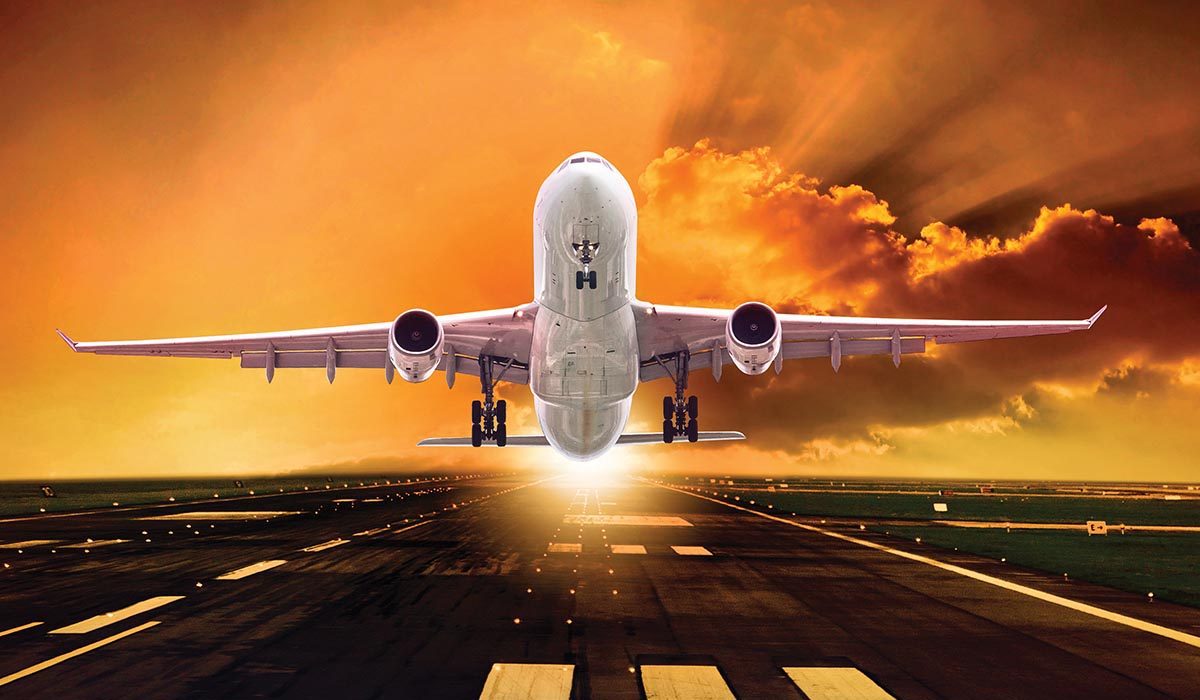BigAladdin
Registered
Being recently Padi certified. And extremely addicted to this. I think I made a mistake. I’ve arrived to my destination on Friday. And completed 2 dives both approx 45 mins each with a max depth of 65 feet for many 20 mins or so. I then went ahead and dove twice again the next day (Saturday) after 18 hours of last dive only and the same 45 mins, max depth at aprox 65 feet for 25 mins ; Today (Sunday); after about 18 hours. Went again on a boat but this time did just one dive with same metrics as above. The dive master notice that I went on three days in a row and recommended I don’t die the second to make my flight I have at 2 AM, which is literally in less than or exactly 12 hours.. we had to do a emergency exit just once on the first day, which probably increases the risk of DCI. Other than that would I just be safe to travel or is it just best to wait this out? I really don’t want to spend the money because the money would take to change this would literally satisfy a trip to Scuba Dive elsewhere in the world.




